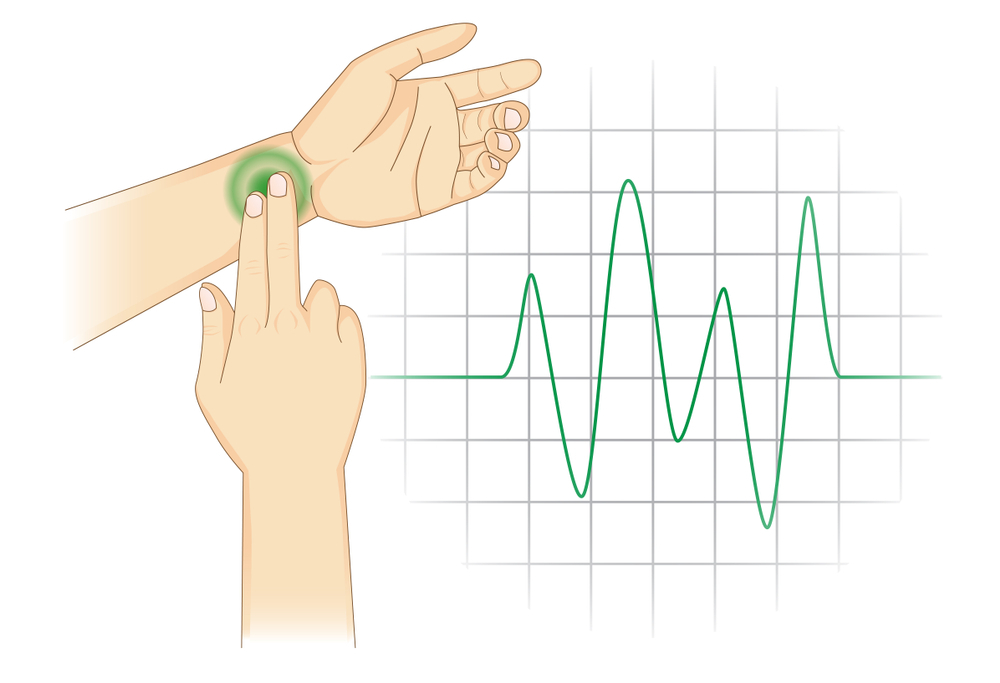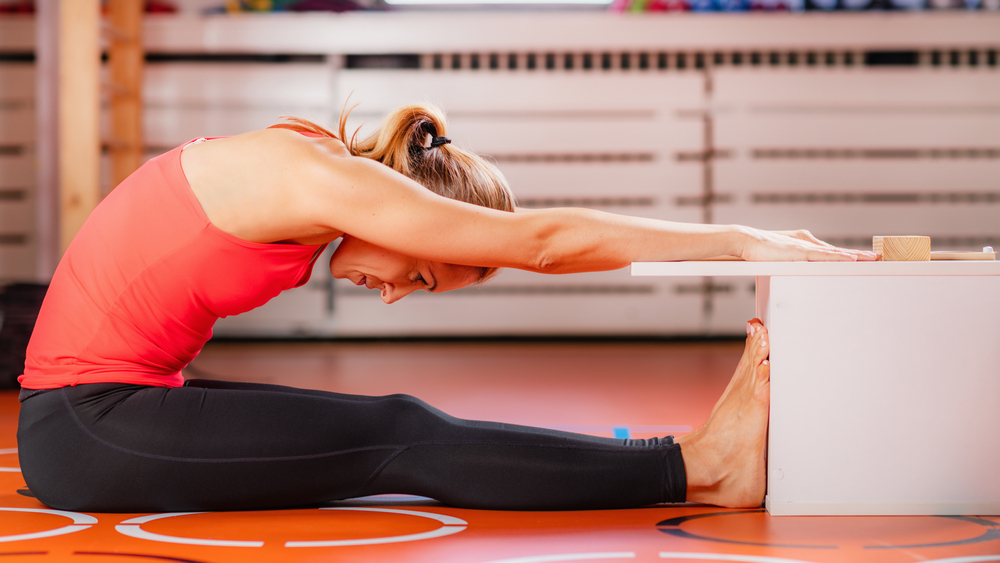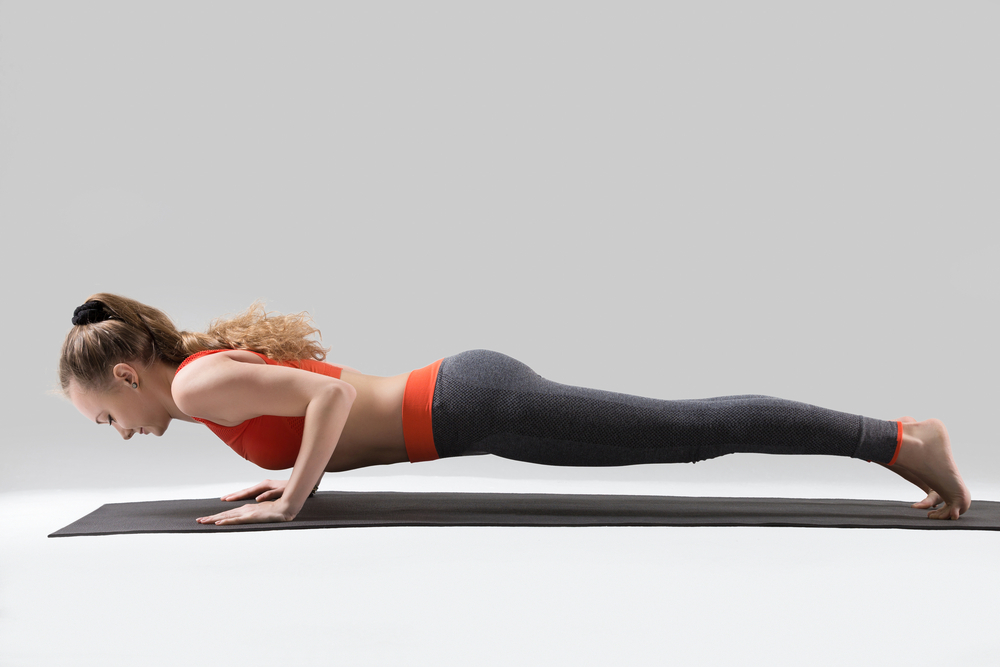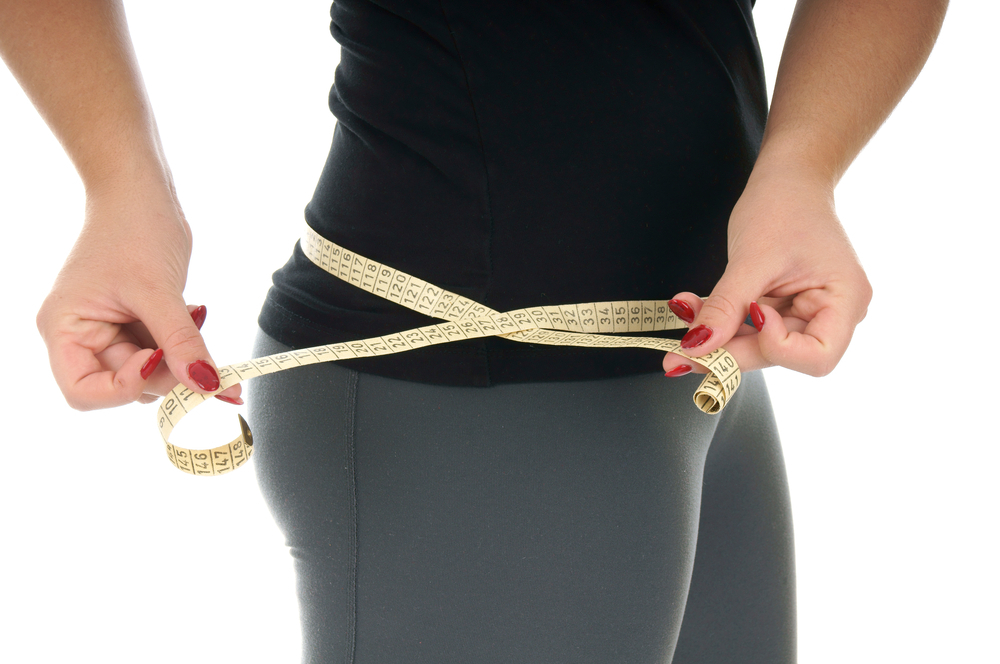Your body age can be a way of learning whether you live a healthier, younger life, or not, but it is not an accurate, scientifically correct gauge and should not replace professional diagnosis. You can easily calculate your body age (real age), also referred to as your chronological age, but it is a matter of examining a physical test list and your current lifestyle to get a number for your biological age. You can find out a lot about your health habits and how to change your life, especially if you want your organic age to decrease as your chronological age increases!
Method 1: Calculate Your Body Age by Testing Physical Conditioning
Find your resting pulse rate.

The heart is a key organ of the body, and a healthy and well-conditioned heart is a major component of overall wellness. Normally a normal heart beats between 60 and 100 times a minute. Ideally, your own rate shouldn’t be faster or slower when you rest, even though some elite athletes are below 50 per minute. Place your right first two fingers over one of your main arteries in your left wrist just under your thumb. You’ve got a pulse to feel. Count for 15 seconds the number of heartbeats and increase that number 4 times the beats in your heart per minute.
In general, your heart is strong at a lower resting rate. Higher rates mean the heart has to work harder, weaker, and less efficient to do the same job.
If your pulse rate is 100 beats per minute or greater, add 1 to your chronological age.
Test your flexibility.

Can you touch your toes anyway? Flexibility declines as we age. In older bodies, a number of factors can be limited, such as increased dehydration, changes in tissue chemical structures, loss of collagen fiber muscle fiber, and increased deposits of calcium. You will get a sense of your overall health with your flexibility.
Sit down straight on your back, with your legs and your arms standing in front of you on the shoulder. Mark the dot directly under your fingertips on the floor beside your legs, then reach slowly to keep your legs straight. Mark the distance between the two marks in inches where your bits reach.
How far have you reach The farther the better, as your body remains spry and young.
If you could reach a maximum of 5 inches, add one. If you have 10 inches or more, subtract one. If you were between 5 to 10 inches, don’t add or subtract.
Test your strength

What are you strong? Up till the age of about 30 people usually gain muscle. We slowly lose muscle weight and thus physical strength afterward, however. People more than 30 years of age who are inactive can lose 3% to 5% of their muscle mass a decade or less. This reduction of muscle mass – known as sarcopenia – leads to a loss of strength and movement and can increase the risk of fractures, falling, or bone fractures in the elderly.
Test your strength.
Do as many push-ups as possible (on your knees), keep your body straight, and lower your chest within four inches of the floor. Keep going until you can do no more.
More strength is better than flexibility. You probably have a lot of muscle mass and physical resilience if you were able to do a high amount of push-ups.
Add 1 if the push-ups are below 10. No 10-19 adds and no subtracts. If you have reached 20 push-ups, subtract 1. For more than 30, subtract two.
Method 2: Calculate Your Body Age by Measuring Body Composition
Determine your waist-to-hip ratio.

Is it pear, apple or avocado in your body shape? The shape and particularly its waist-to-hip ratio tend to increase weight as we grow old and it is a quick way to evaluate the distribution of body fat, which can indicate potential health risks such as high blood pressure, diabetes, and stroke, and certain types of cancer. Divide your hip size (in cm), and then divide the two numbers by measuring your waist (in cm). Make sure you measure your navel and your hips from the widest point of about two inches above your tail.
A ratio of more than 1.0 for men and .85 for women for waist-to-hip measurement indicates that the mid-section contains a larger than optimal body fat content.
Add 1 to your score if you exceed the recommended ratio.
Body mass index calculation (BMI).

Another way to determine your body composition is your body mass index or BMI which divides weight in kilos by height into meters. A high BMI can indicate a high amount of body fat, which allows you to be vulnerable to problems of obesity. Multiply your weight by 450 pounds to convert to kilograms in order to calculate your BMI. To convert your height to meters, multiply by 50 inches. Square the height (i.e. increase the number alone) and finally divide your weight by the height squared in kilograms. This is your BMI. This is your BMI. Overweight is considered as a result of 25 or more.
You can also find websites like this, which are calculated for you, for those who are not mathematically inclined.
If your BMI is under 18.5 add 1 to your score (underweight). Add 2 to 3 if it is greater than 30 between 25-29.9 (overweight) and 3 (obese). Subtract 1 from 18.5 to 25 if you fall (healthy).
Make an analysis of the body fat.
By body fat analysis and by bio-electric impedance the most precise way for your body compression to be measured – more than by the Hip-to-Waist or the BMI ratio. You will lay down and put two electrodes on your feet during this test, which you can do with a trainer. A power supply is then sent through your body. It’s a little current – you’re not going to feel it. The test will then provide you with an accurate re-reading of the fat content of your body compared to lean tissues such as bone and muscle, and how you compare it to others on average.
In order to be able to read correctly, in the previous hours you should not practice, used a sauna or drank alcohol. Women should have more fat than men for their bodies.
If your percentage is between 15%-24% for women, do not add and subtract them.
Five for 25% – 33%. 5 Add 1 if you’re less than 15% or more than 33%.
If men are between 6%-17 percent and add, do not add or subtract. For men.
Five for 18% – 24%. 5. Add 1 if you are less than 6% or more than 25%.
Method 3: Calculate Your Body Age by Assessing Lifestyle
Calculate your sleep at night.

Sleep is necessary for the human body. Sleep allows your brain and body to rest and repair, while a lack of sleep can lead to greater blood pressure, stroke, and obesity. Sleep deficiency also affects your cognitive role. What’s your amount of sleep per night? It takes 7 to 8 hours per night on average for adults. You can become less haggard, mentally tired, and physically older on a regular basis.
Subtract.5 if you sleep between 7-9 hours regularly from your score. Add 1 if you sleep more than nine hours or between 5 to 6 hours a day. Add 2 if less than five hours per night is available.
Own to your vices.
How much alcohol do you drink? Although a moderate amount of alcohol is fine but possibly even good, you may be at risk for certain cancers, strokes, high blood pressure, hepatitis, and pancreatitis. The Mayo Clinic reports that healthy drinking for women of all ages is no more than 1 drink a day and for men 65 and less a day two for men 65, one for women over 65. A beverage (12 oz. fluid), wine (5 oz.), and liquor is measured differently (1.5 oz.). Smoking, what about? Medical science is very clear: smoking is harmful to your health (even secondhand). Smoking or too much alcohol is sure to raise your organic age.
If you don’t drink alcohol, remove 1 from your score. If you remain within the recommended daily guidelines, subtract .5. When the guidelines are exceeded, add 2.
If you don’t smoke and never have to subtract 3 from your score. 2 if you left 5 years ago or more and 1 if you left in the last 4 years. 2 if you left. If you’re smoking at the moment, add 3.
Quiz your nutrition.

How good are you eating? How well? Proper nutrition keeps the muscles, bones, teeth, and organs in good health. A good diet can lower the risk of diseases such as cancer, cardiovascular, stroke, etc. It can keep your mind sharp and your body energy-filled. How do you stack? How do you stack up? Free and heavily processed foods, sugars, sodium, nitrate, and saturated fats should be limited by a balanced diet and should have plenty of fruit and vegetables (ideally 9 servings a day), lean protein such as fish, chicken, and nuts, complex carbohydrates and full-grain.
If you do not include these items in your daily meals, you get weight gain but also lose the nutrients you need to make you physically weaker.
If you meet guidelines most days, don’t add or subtract them. If not add 1. Add 1.
Tips
Remember that if you have exercised recently, are moving, or are angry or anxious, your heart rate will be raised and increase your body age calculation.
Also Read : This one ingredient will help ease your peptic ulcers – V Cure (vcurehealthcare.com)





